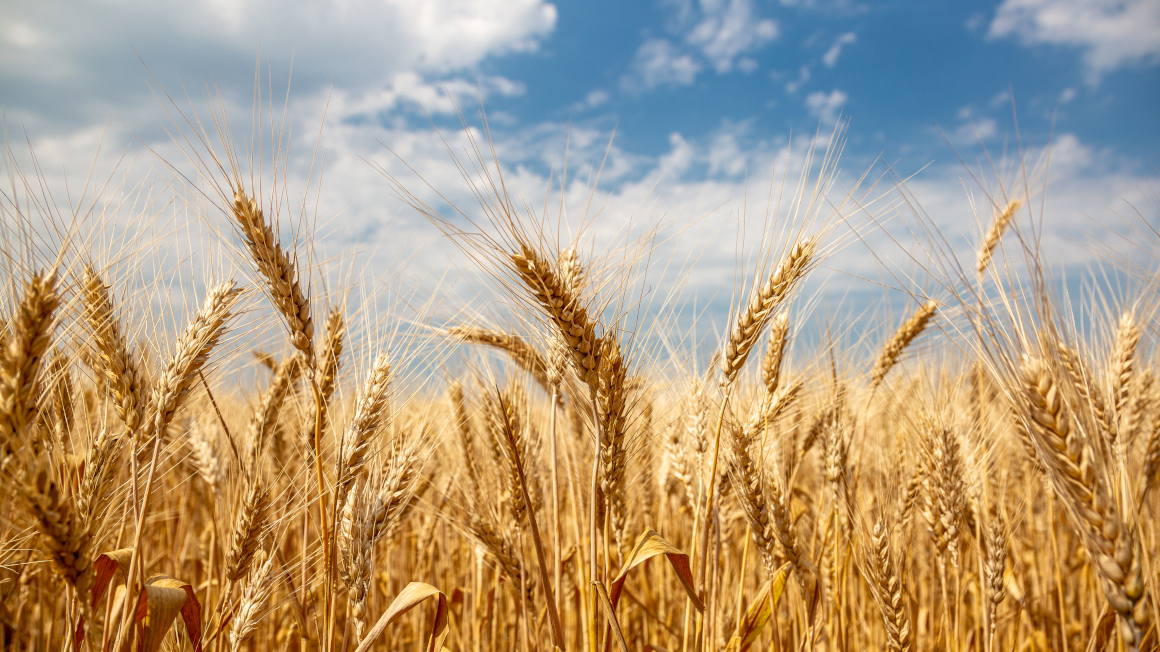The environment shapes the protein content in wheat
Do modern wheat varieties have more immunoreactive protein and thus promote coeliac disease? A study shows: The gluten content is the same for new and old varieties, but can increase due to environmental factors.
Wheat is one of the most important food plants. Many foods from bread to pizza to beer are made from the grain. But many people suffer from a wheat intolerance, the coeliac disease. They are allergic to the wheat protein gluten. The number of people suffering from coeliac disease has risen sharply in recent years. Up to 1% of adults are affected. Researchers at the Leibniz Institute of Food Systems Biology at the Technical University of Munich and the Leibniz Institute of Plant Genetics and Crop Plant Research (IPK) have conducted research into the causes of the incidence of the disease.
Protein content of new and old wheat varieties compared
"Many people fear that modern wheat varieties contain more immunoreactive protein than in the past and that this is the reason for the increased incidence of disease," says Darina Pronin from the Leibniz Institute for Food Systems Biology. Pronin was significantly involved in the study as part of her doctoral thesis. The researchers have therefore studied the protein content of ancient and modern wheat varieties to detect any differences. A total of 60 wheat varieties that were popular between 1891 and 2010 were examined. Five varieties were selected for each decade and grown under the same geographical and climatic conditions from 2015 to 2017.
Gluten content in wheat constant
The result: modern wheat varieties contain slightly less protein, but the gluten content has remained constant over all these years. However, the composition of the gluten has changed, as the team reports in the "Journal of Agricultural and Food Chemistry". Gluten consists essentially of two groups of protein molecules: gliadins and glutenins. Especially the group of gliadins is suspected to be responsible for the intolerance. In addition, the researchers found no evidence at the protein level that the immunoreactive potential of wheat has been altered by the breeding measures.
Environmental conditions influence protein content
In the study the researchers state now: The portion of the critically seen Gliadine decreased in the wheat varieties over the years by approximately 18%. On the other hand the content of the Glutenine rose by approximately 25%. Furthermore, it was shown that the amount of precipitation in the harvest year also influences the gluten content. "Surprisingly, environmental conditions such as the amount of precipitation even had a greater influence on the protein composition than the breeding changes," explains Katharina Scherf from IPK.
The study was funded by the Leibniz Association as part of the Leibniz Competition 2015.


